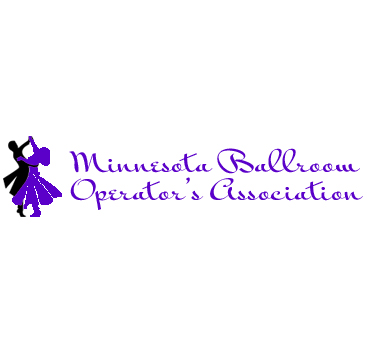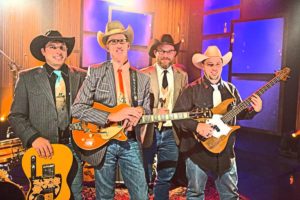Taking pride in our German heritage
Former longtime Daily Globe editor Ray Crippen died Dec. 27, 2015. This is a previously-run “Isn’t That Something” column, which ran Aug. 13, 2011.
I think we have to go to New Ulm these days to find a German restaurant. There once were more of them through the region – at least there were more restaurants operated by people with German origins.
The old story was that a man at a German restaurant complained to his waitress, “This chicken is nothing but skin and bones.”
“Ach,” said the waitress. “Das is nicht right. They didn’t bring the feathers.”
We were talking about Norwegians. There are more Norwegian Americans in the Upper Midwest than there are Norwegians in Norway. The Census Bureau is also reporting our region – Minnesota, Iowa, North Dakota, South Dakota, Wisconsin – has the highest US proportion of German Americans; more than one-third of the population.
Schwarzenegger once seemed a curious name in America, but it never seemed especially curious to people – well, to people here at home where we are acquainted with Schwalbach, Ruckelshausen, Henderschiedt, Geisendorfer, Ahrenstorff, und Fischenich. Even Keitel, Scholtes and Zinnel. Of course, we voted for Eisenhower and admired General Schwartzkopf.
The Census Bureau says communities of our region have more German Americans than almost anywhere else in Minnesota:
Wilmont (62.73 percent German), Adrian (57 percent), Fulda (56 percent), Lakefield (55 percent), Brewster (54 percent), Okabena (53 percent), Rushmore (53 percent), Ellsworth (53 percent), Bigelow (52 percent), Reading (51 percent), Round Lake (50 percent), Lismore (49 percent), Heron Lake (49 percent).
Forty-six percent of the people of North Dakota have a German root. Thirty-eight percent of the people in Minnesota.
Germans bring out the wurst in us: blutwurst, kuhwurst, bratwurst, Hamburger. Frankfurter, or wienerwurst. America shortened wienerwurst to wiener and then labeled wiener a hot dog – dachshunds look like wieners. Wieners mit sauerkraut.
Germans brought schwein to their farms; pork is basic to German culture. Schwein and Christmas trees and, “Silent Night.” The schwein helped launch the notable hog industry across southwest Minnesota and northwest Iowa.
Oh yes. And is there someone who doesn’t know what these names have in common: Anheuser, Busch, Coors, Miller, Pabst, Blatz, und Schlitz.
It hasn’t always been easy for the Germans. In their churches they are fond of Haydn’s “Glorious Things of Thee Are Spoken.” That’s sung to the tune of, “Deutschland uber Alles.”
World War I, in particular, put German Americans to a test. A host of area German congregations began worshipping in English. At St. Matthew’s, with its German root, Pastor Julius Deckman Jr. went off in 1918 to be a US military chaplain as a show of loyalty. His wife volunteered for War Camp Community Service, a forerunner of the USO.
Stories from the past. In the present, a German flag flutters from the front of Worthington’s city hall recalling the long and happy association between Worthington and Crailsheim.
Germans are thought to have a strained sense of humor. I read of an incident on a Lufthansa flight.
The pilot announced, “If passengers on the left side of the plane look left, out their windows, they have a view of the Alps.” Pause. “If passengers on the right side of the plane look left, they will see passengers on the left looking left out their windows.”
When the “Amazing” Worthington City Band went to Crailsheim, they serenaded their German hosts with (among many things) “The Beer Barrel Polka.” This surely was fitting.
If Germany is the land of Bach, Beethoven, Haydn, it also has the culture which brought Whoopee John Wilfahrt, Six Fat Dutchmen, and Lawrence Welk of Strasburg (ND) to the old Armory and the Coliseum ballroom at Worthington, as well as ballrooms all across the local region. German polka bands with oom-pah, brass horns, and accordions.
Corky Brace was a longtime sports editor at the Daily Globe. Corky had a special quarrel with Lawrence Welk. Worthington crowded to weekly dances at the old Armory on Ninth Street.
Corky remembered, “The band would play and everyone would start to dance. Suddenly, you would feel someone tapping on your shoulder. It was Lawrence Welk. He would say, ‘Vould you like some Havaiian Fruit Gum?’ and he would hold out a stick of gum. He was peddling chewing gum. That was his sponsor.
“I told him, ‘Get out of here!’”




